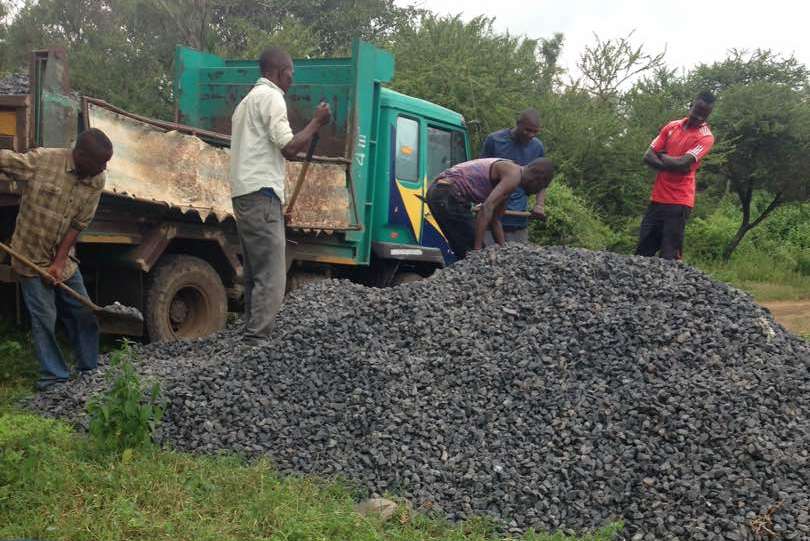
Building classrooms and other structures necessary for a quality school can be a daunting project in Tanzania. Construction methods are quite different from those in the USA. For example American workers in need of gravel would simply order a truckload and have it delivered. By contrast, when our school construction began, we were surprised to hear they had to search for gravel and when located, workers shoveled their own gravel into a truck. Another challenge is the volcanic rock covering much of the region, a material not suitable for construction. Once, when gravel wasn’t readily available, Massai women were hired to chip rock into gravel.
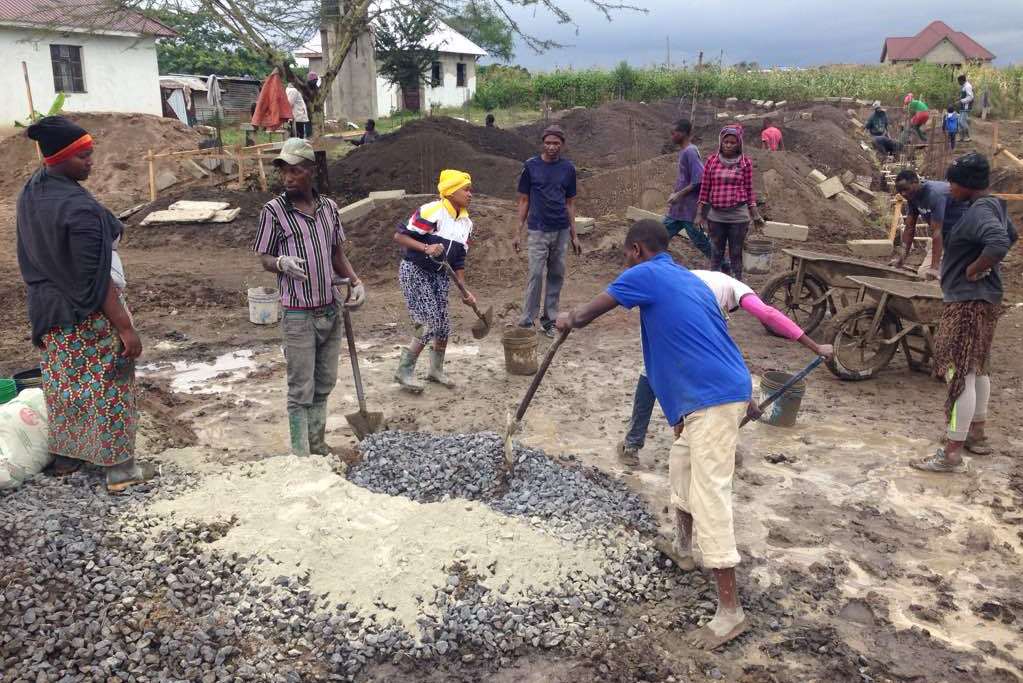
In Tanzania, a load of cement blocks costs about the same per unit as a load would cost in the States. However, in Africa, you can’t just order in a ready-mix truck. Cement is mixed onsite, using gravel that is often hand chipped.
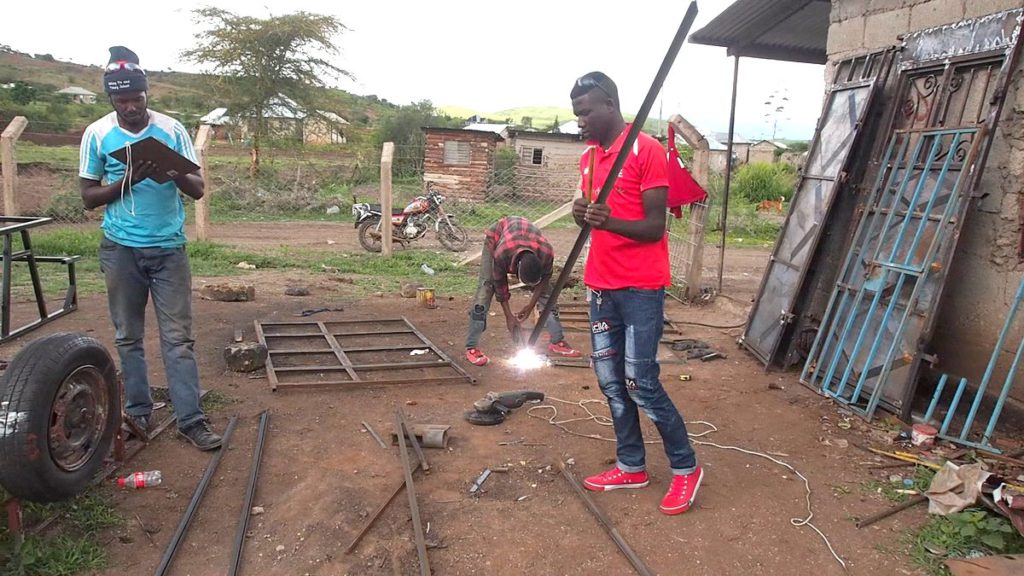
Wood is scarce and expensive in Tanzania, so steel is often used in its place. Consider the task of installing classroom windows. In the USA, we would pick out appropriate windows and have them delivered and installed. In Tanzania, the school has invested in a resident welder, Mpalee, who works onsite creating steel frames to fit in the windows’ openings. He then inserts small class panes by hand. Mpalee has constructed our windows and doors, welded our classroom desks, and built our playground teeter-totter and swings. As our onsite welder, Mpalee is a great example of how our investment in Kisongo benefits the local villagers as well as the school children.
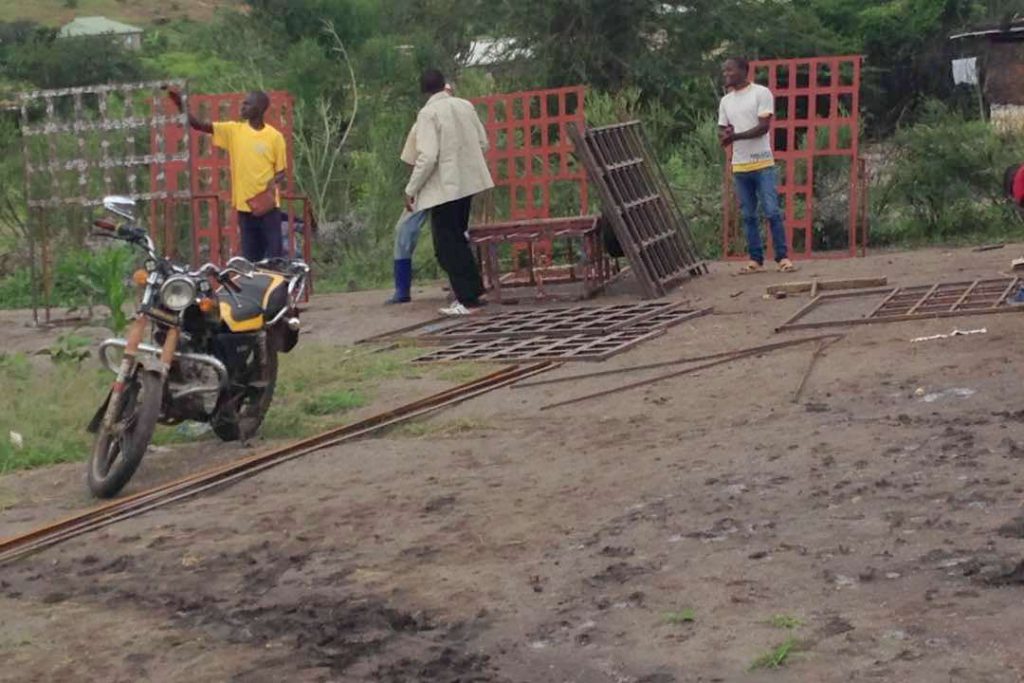
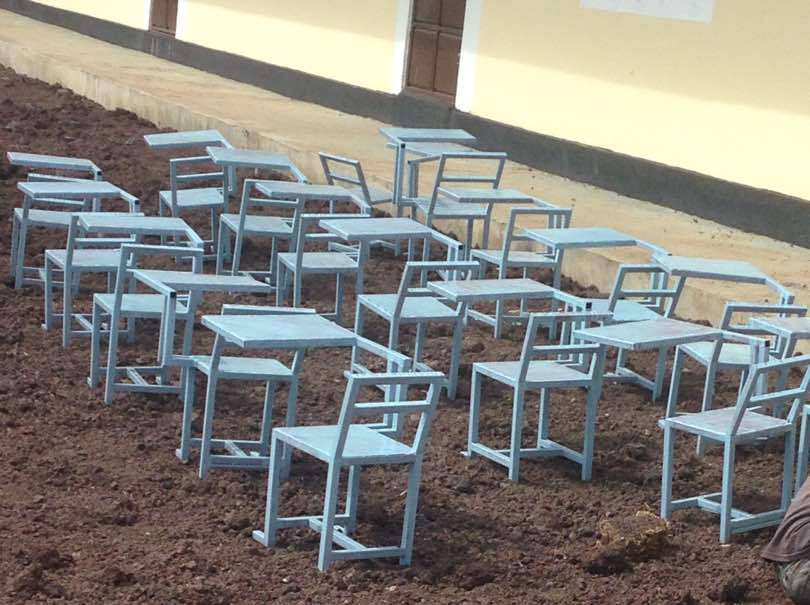
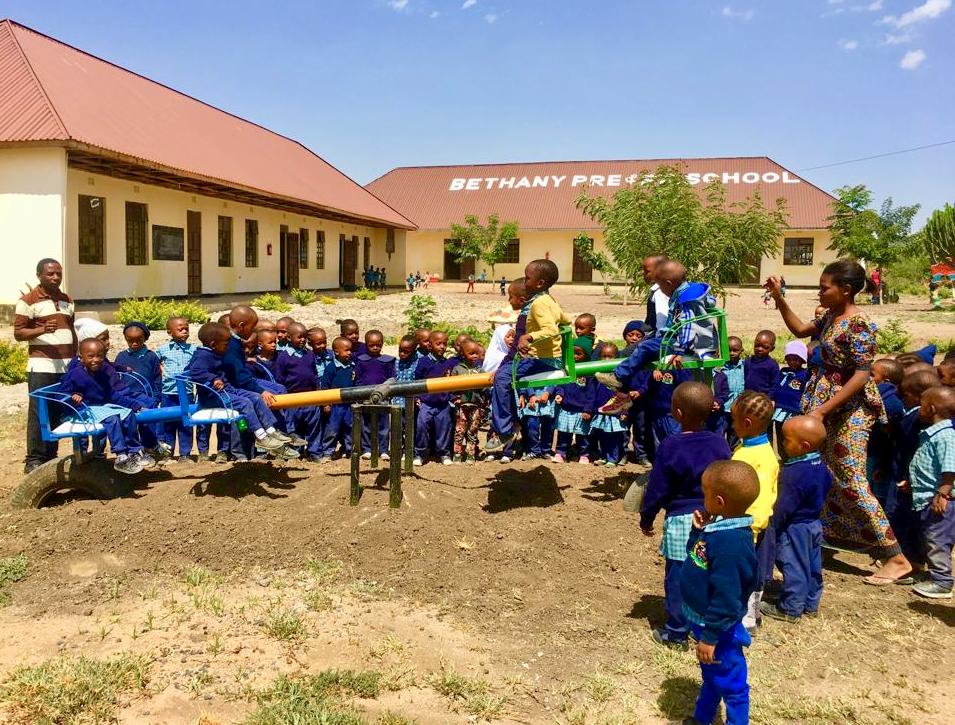
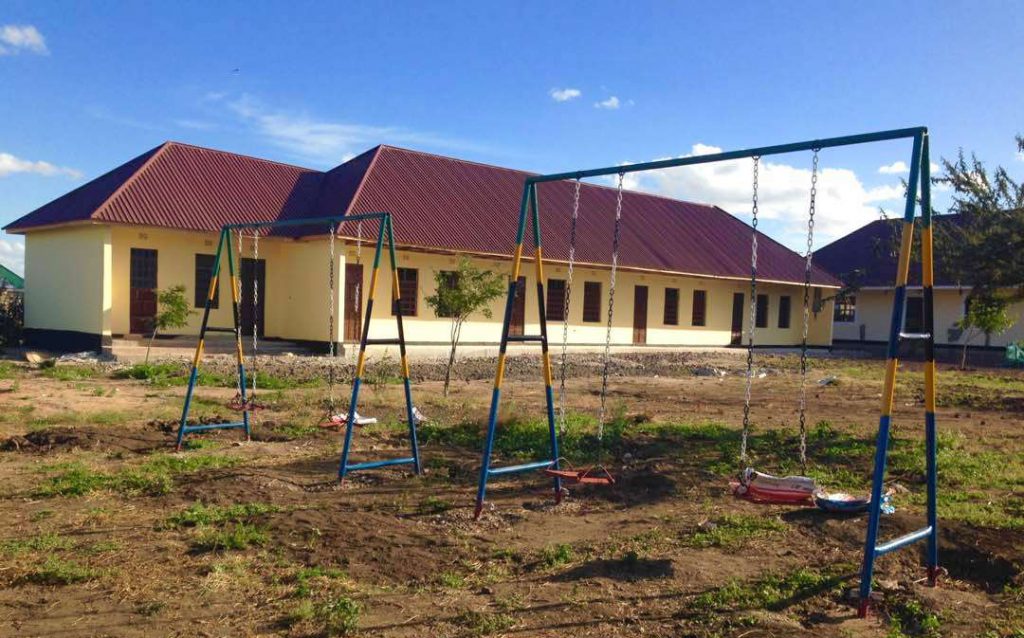
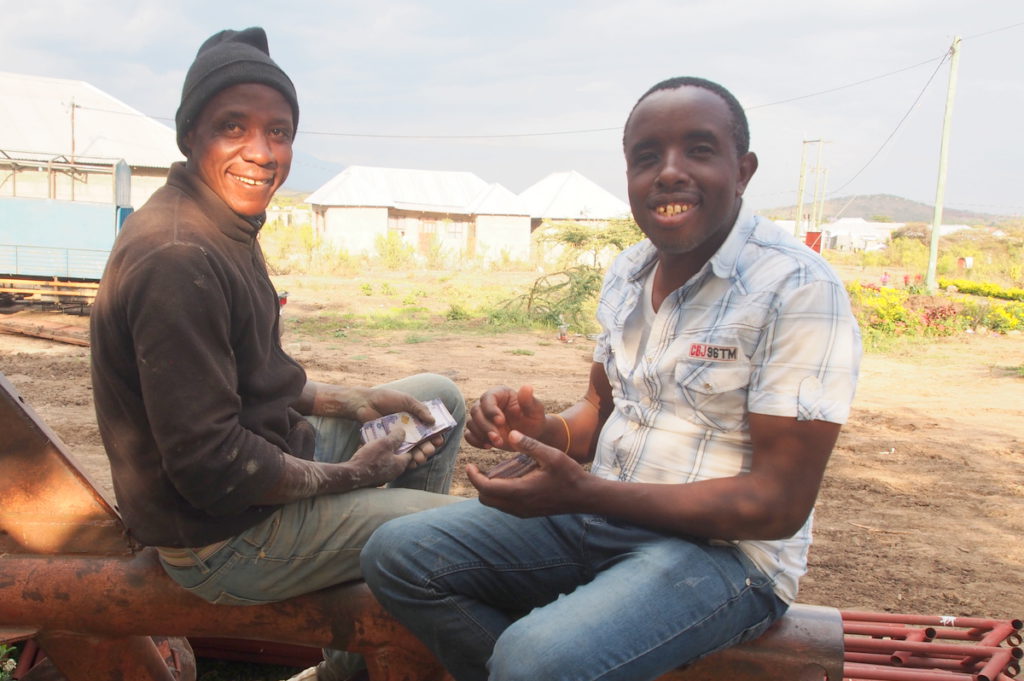
In financing school construction, we found other differences between the USA and Tanzania. A construction laborer in Tanzania generally earns $10 USD per day, and a skilled laborer about $15. All are paid in cash at the end of each day. In a smaller project like ours, there is no such thing as construction financing. The engineer, acting as a general contractor, expects an advance of about half the project cost in order to purchase materials.
Although construction methods, workers, materials, and processes are different than in the USA, we are grateful we can provide high quality structures for our deserving Tanzanian children.

